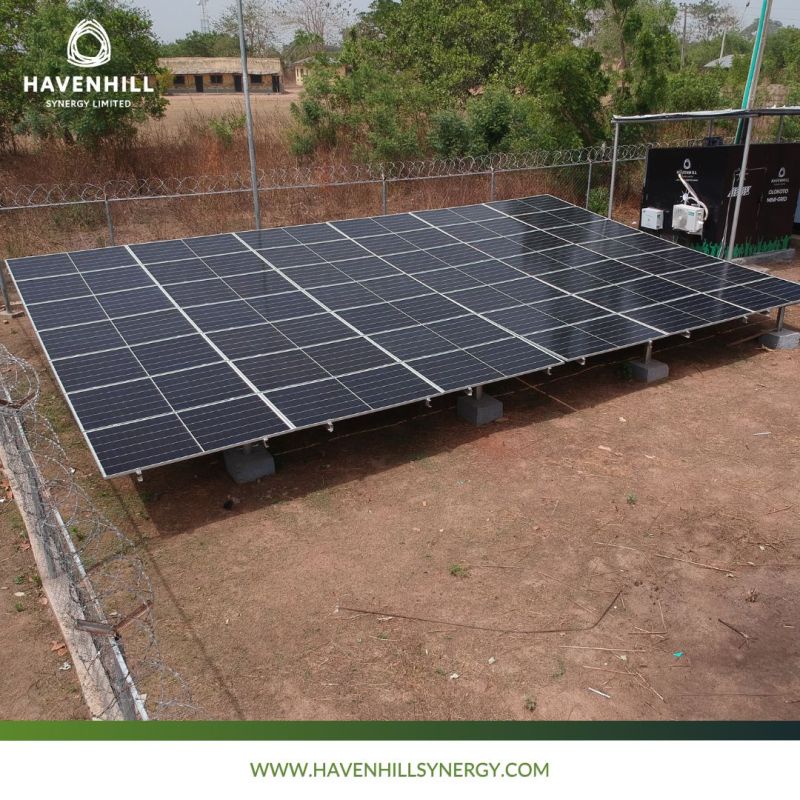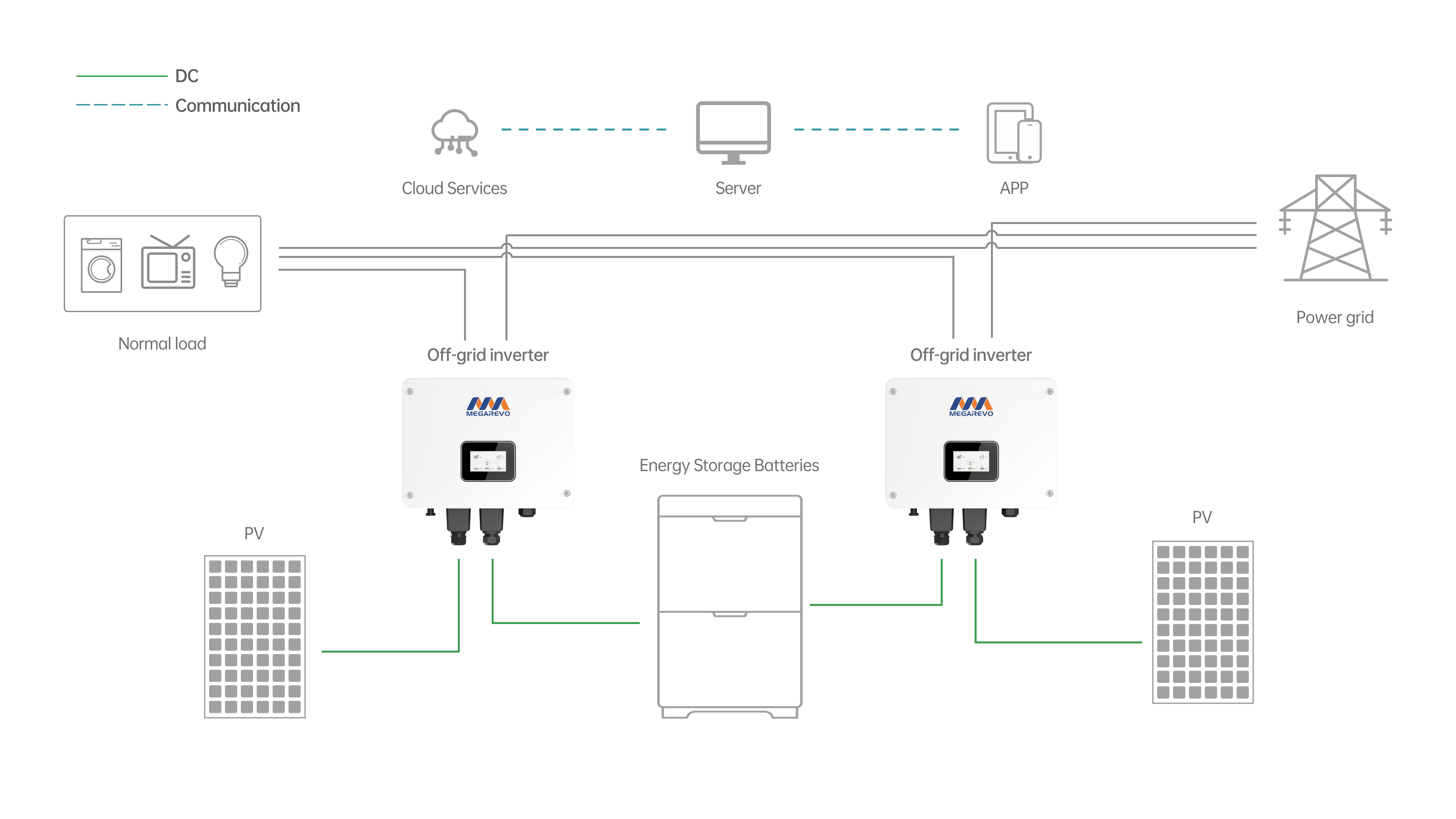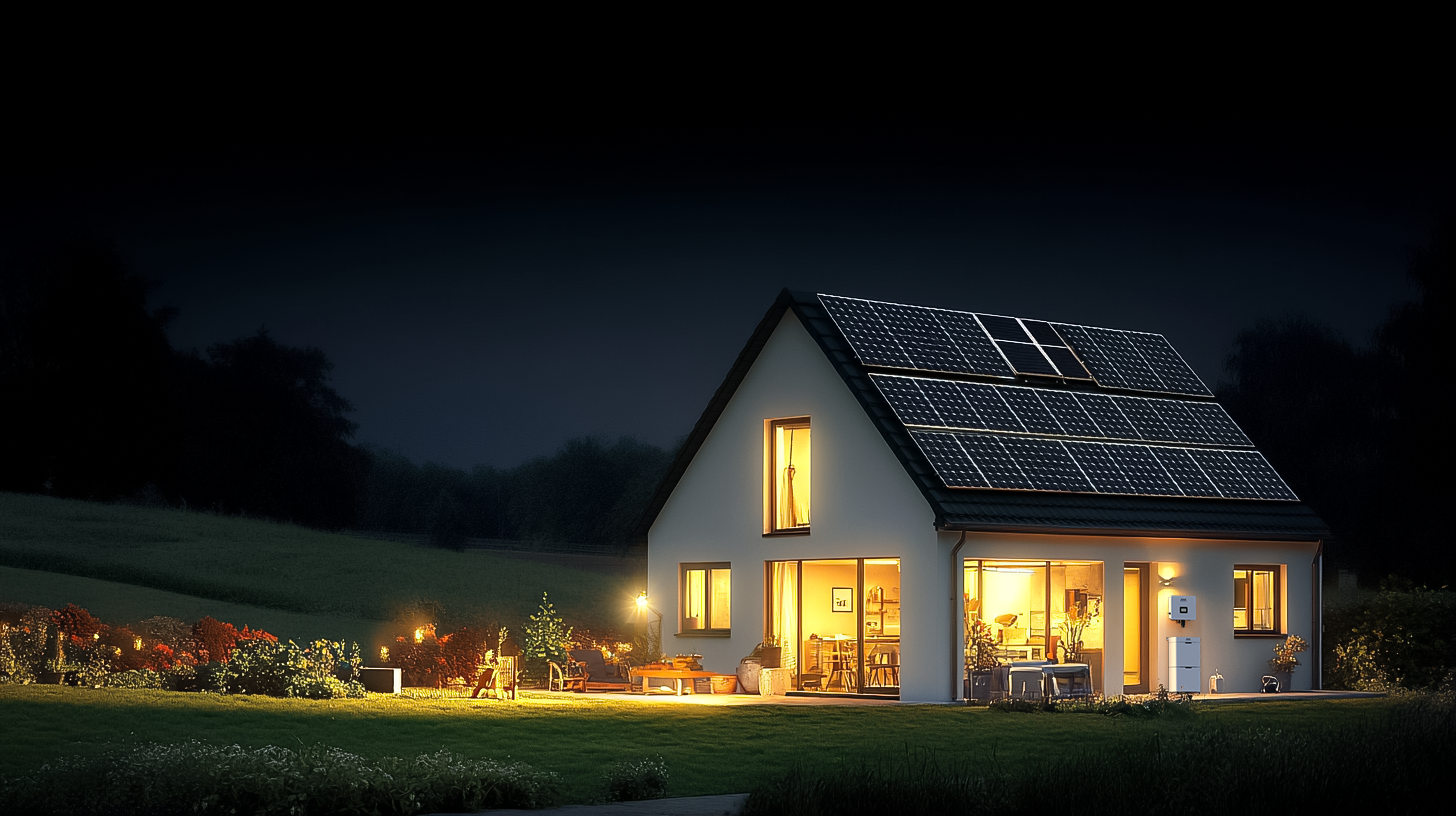

The electricity crisis in Africa affects millions, with 55% of sub-Saharan Africa's population lacking access to electricity. This limits economic growth and social development. Off-grid solar energy offers a sustainable solution. Clean solar energy systems provide reliable electricity, especially in rural areas, ensuring energy security and promoting a sustainable future for underserved communities.
"More than four out of five people living in rural areas in sub-Saharan Africa were without electricity in 2021."
Off-grid solar power gives steady electricity to areas without electricity. This helps improve schools and healthcare services.
Solar energy is affordable. It saves families money and helps farms grow more food, which supports local businesses.
Small solar setups, like minigrids, bring power to faraway places. They also let locals take charge of their energy needs.
Off-grid solar energy: a viable solution For countries with insufficient electricity supply, off-grid solar energy provides a viable solution. In some areas, off-grid solar energy is not only the lowest-cost option, but also does not require the construction of complex grid infrastructure, making it an ideal way to solve power problems. Off-grid solar energy systems can provide higher reliability than national grids. Off-grid solar is expected to be the most cost-effective way to provide electricity to the 41% of the world’s population without access to electricity by 2030. The off-grid solar sector provided 55% of new electricity connections in Sub-Saharan Africa between 2020 and 2022, covering more than 80% of people without access to the grid. By 2023, off-grid solar solutions are estimated to reach more than 560 million people. The main benefits of installing off-grid solar are:
1. Energy independence
Self-sufficiency: independent of the power grid, self-generated and stored energy. Reduce the impact of power grid failure or power outage.
2. Environmental protection and energy saving
Clean energy: use more renewable energy such as solar energy to reduce carbon emissions.
3. Economic benefits
Long-term savings: high initial investment, but low long-term electricity costs. Can significantly reduce the cost of diesel power generation
4. Flexibility and scalability
Modular design: flexible expansion according to demand.
5. Improve the quality of life
Basic electricity: provide electricity for lighting, communications, medical care, etc., to improve the convenience of life.

Building an off-grid solar system for your household involves several key components. These include solar panels, an inverter, a battery, and a charge controller. Additional items like wiring, mounting racks, and tools are also necessary.
Load demand analysis: Analyze the household's electricity demand and peak electricity demand in detail to determine the capacity of the energy storage system and the size of the photovoltaic modules.To design your system, calculate your total electricity needs by listing appliances, their power ratings, and usage times. Choose components that match your energy requirements and install them according to specifications.
Geographic location and climate conditions: Consider the solar radiation and environmental conditions of the installation site to select suitable photovoltaic modules and energy storage batteries.
Policies and regulations: Understand local policy support and regulatory requirements to optimize the design and operation of the system.

Megarevo's O5KL1D off-grid inverter is designed for remote mountainous areas, areas without electricity or areas with unstable electricity. It has two optional specifications of 5KW and 6kW. It uses a large touch screen, IP65 protection level, no noise, and has a longer design life. It supports 4 machines in parallel and group three-phase functions, and can adapt to 1.5 times the photovoltaic power. It has the advantages of strong load adaptability and grid adaptability, and is an ideal choice for home off-grid inverters.
The key parameters are as follows:
Model | O5KL1D | O6KL1D |
|---|---|---|
AC rated output power (kW) | 5 | 6 |
AC rated output voltage (V) | 230(L+N+PE) | 230(L+N+PE) |
Max. PV input power (kW) | 7.5 | 9 |
MPPT voltage range (V) | 100~425 | 100~425 |
Battery voltage range (V) | 40~58 | 40~58 |
Off grid carrying capacity | 180%, 10s | 150%, 10s |
Currently, Megarevo's off-grid inverters have been widely used in the African residential energy storage market due to their stable and reliable quality and cost-effectiveness, especially in Nigeria, Kenya and South Africa, where they have been unanimously recognized by local photovoltaic installers and users.
If you want to know more about off-grid inverters, please go to the product details page on the official website or contact our sales staff.